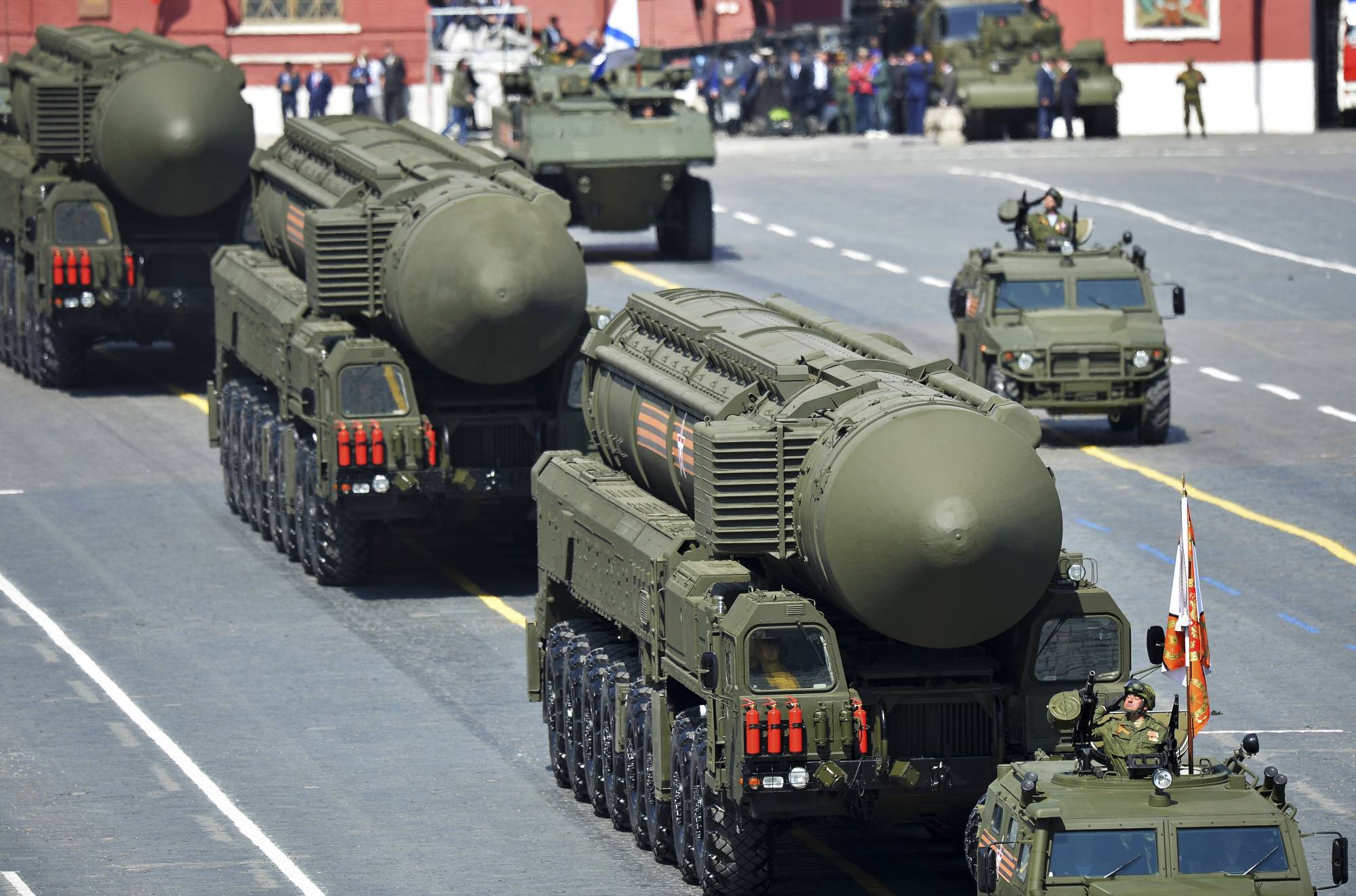When the Cold War ended, the nuclear threat diminished.
Termination of the superpower standoff generated hope for a world in which cooperation would prevail over competition and conflict. In 1991, the Doomsday Clock, which provides an easily understood assessment of the risk of a nuclear war, was reset and the minute hand moved from 10 to 17 minutes before midnight. Only eight years earlier, in 1983, the world was gripped by fears of nuclear war and the clock registered 23:57.
Tensions are again growing. So too are nuclear arsenals. According to the Stockholm International Peace Research Institute (SIPRI), after a marginal decrease in the number of warheads in 2021, nuclear arsenals are expected to grow over the coming decade. SIPRI estimates that there were 12,705 nuclear warheads worldwide at the start of 2022, with over 90% of them — 11,405 — in the United States and Russian stockpiles. Some 2,000 warheads, virtually of them U.S. or Russian, are in a state of high operational alert, meaning that they can be used at a moment’s notice.


















With your current subscription plan you can comment on stories. However, before writing your first comment, please create a display name in the Profile section of your subscriber account page.